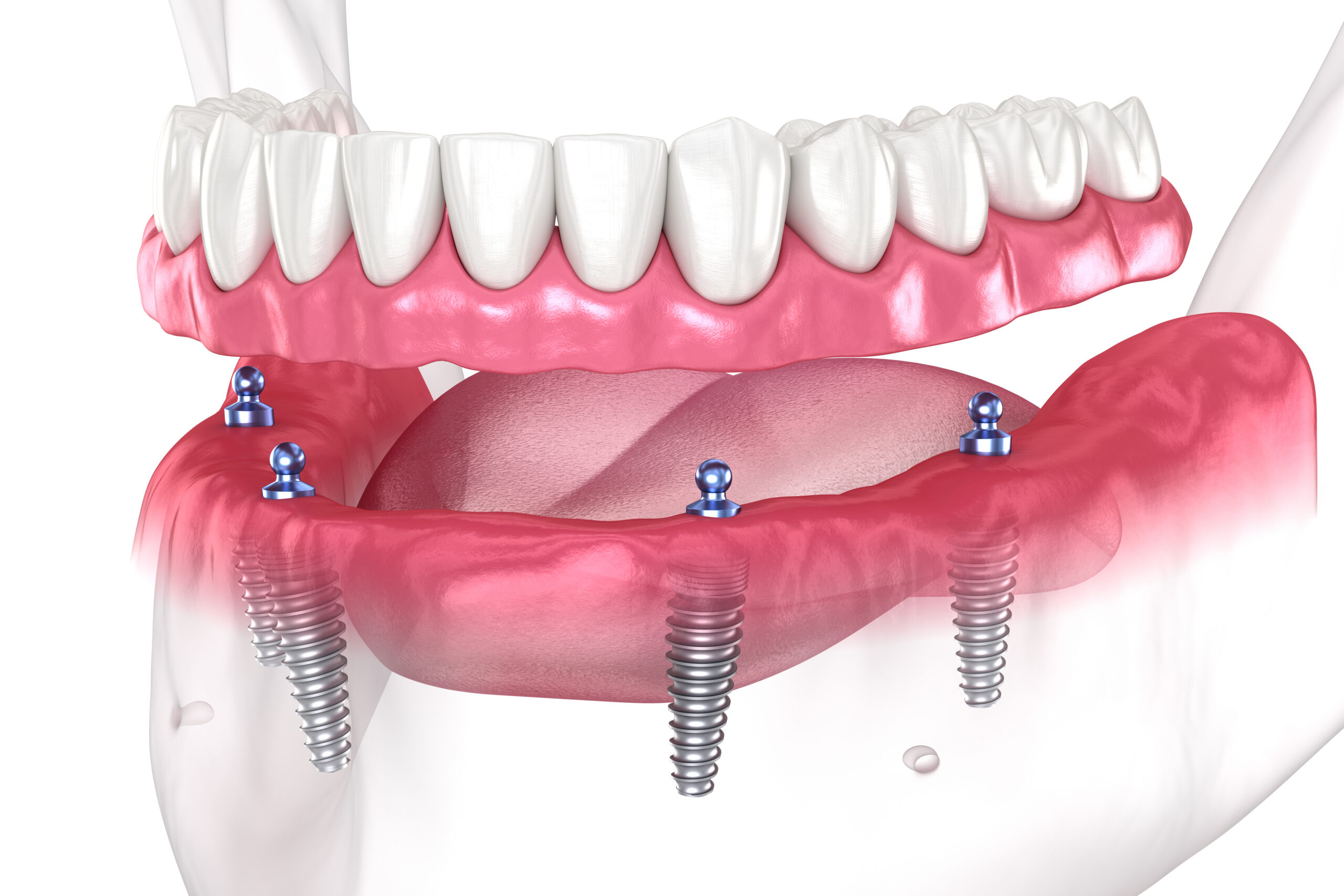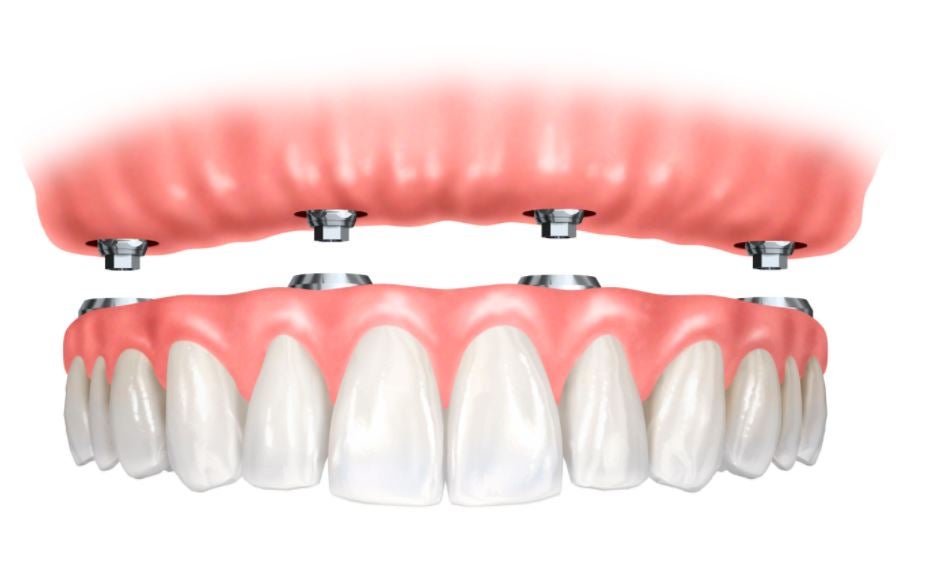The Greatest Guide To Dental Sense
The Greatest Guide To Dental Sense
Blog Article
An Unbiased View of Dental Sense
Table of ContentsThe Best Guide To Dental SenseRumored Buzz on Dental SenseTop Guidelines Of Dental SenseThe Dental Sense Ideas
are medical gadgets surgically implanted right into the jaw to bring back a person's capacity to eat or their look. They give assistance for artificial (phony) teeth, such as crowns, bridges, or dentures. When a tooth is lost due to injury or disease, an individual can experience problems such as quick bone loss, defective speech, or modifications to eating patterns that lead to discomfort.Oral implant systems are composed of a dental implant body and dental implant joint and might also include an abutment fixation screw. Front tooth filling. The oral implant body is surgically inserted in the jawbone instead of the tooth's origin. The oral implant joint is usually affixed to the dental implant body by the joint fixation screw and extends through gums into the mouth to support the connected fabricated teeth
(https://www.behance.net/matthewmusic)Framework of The Dental Implant System picking oral implants, talk to your oral copyright concerning the potential advantages and threats, and whether you are a candidate for the treatment. Things to think about: Your total health is a crucial element in identifying whether you are a good candidate for dental implants, just how long it will certainly require to heal, and how much time the dental implant may remain in place.
Cigarette smoking may influence the recovery process and reduce the lasting success of the dental implant. The healing process for the implant body might take several months or longer, throughout which time you usually have a short-lived abutment in area of the tooth. the oral implant procedure: Very carefully follow the dental health guidelines offered to you by your oral copyright.
Not known Details About Dental Sense
Implant failure can result in the demand for an additional surgical treatment to deal with or change the dental implant system. Brings back the capability to eat Restores cosmetic look Assists keep the jawbone from diminishing due to bone loss Protects the wellness of the bordering bone and gums Aids keep nearby (neighboring) teeth stable Improves high quality of life Damages to bordering all-natural teeth during implant positioning Injury to the surrounding cells throughout surgical treatment, such as sinus opening Injury during surgery (for instance, fracture of bordering jawbone) Insufficient feature, such as really feeling like the teeth do not attack together generally A sensation that the tooth hangs or turning in location resulting from an abutment screw loosening Implant body failure (looseness of the implant body) because of systemic infection, which may be a lot more most likely in individuals with unchecked diabetics issues due to regional infection in bone and gums sustaining the implant body as a result of delayed recovery, which may be more probable in individuals that smoke Problem cleansing the gum tissues around the implant, leading to bad dental hygiene Neglected periodontal disease Post-surgical tingling due to nerve impingement or damage Constantly notify healthcare service providers and imaging service technicians that see here now you have dental implants before any type of magnetic resonance imaging (MRI) or x-ray procedures.
FDA is not knowledgeable about any kind of negative occasions reported for MRI or x-ray treatments with dental implants. Oral implants systems are typically constructed from materials that follow global consensus criteria of the International Company for Standardization (ISO) or ASTM International. These criteria have information of what makes a secure material.

An oral implant is a framework that changes a missing tooth. With screw-like gadgets, the cosmetic surgeon inserts a dental implant into the jawbone, and it functions as a support for a fabricated tooth, called a crown. A gadget called an abutment connects the fabricated tooth to the oral implant. The crown is tailor-made to fit the individual's mouth and match the shade of their teeth.
Dental Sense Fundamentals Explained
Some individuals are not eligible for dental implant surgical treatment. It is for oral doctors to operate on people with: intense illnessuncontrollable metabolic diseasebone or soft cells disease or infectionIf these problems are settled, a person can have the surgical procedure. In, dental surgeons avoid operating people with: If people with any one of the above undertake oral implant surgery, there is a higher danger of the implant falling short.

Dental implant surgical treatment is an individualized process. It's not the same for every person. The adhering to offers a general summary of what you can anticipate your dental professional, dental specialist, periodontist or prosthodontist to do: Position the dental implant operatively. Provide you time to recover. Affix the post and last crown, bridge or denture.
Next off, your specialist will carefully put the dental implant into your jaw. If your implant is near the front of your mouth, your dentist will certainly make a temporary tooth for you to use till you recover.
Unknown Facts About Dental Sense
Your company can tell you what to anticipate in your situation. Throughout the healing phase, your jawbone ought to fuse to the oral implant. This procedure, called osseointegration, is important for security and lasting success. This procedure can take anywhere from three to nine months. In many cases, it might take longer.
When your dental implant heals, your dental professional can affix the joint (little port message) and your last remediation (crown, bridge or denture). This typically takes regarding one hour to complete and might require a second minor surgery. You shouldn't feel any kind of pain during your oral implant treatment due to the fact that your provider will certainly utilize medication to numb your gum tissues.
Report this page